Address
304 North Cardinal
St. Dorchester Center, MA 02124
Work Hours
Monday to Friday: 7AM - 7PM
Weekend: 10AM - 5PM
Address
304 North Cardinal
St. Dorchester Center, MA 02124
Work Hours
Monday to Friday: 7AM - 7PM
Weekend: 10AM - 5PM
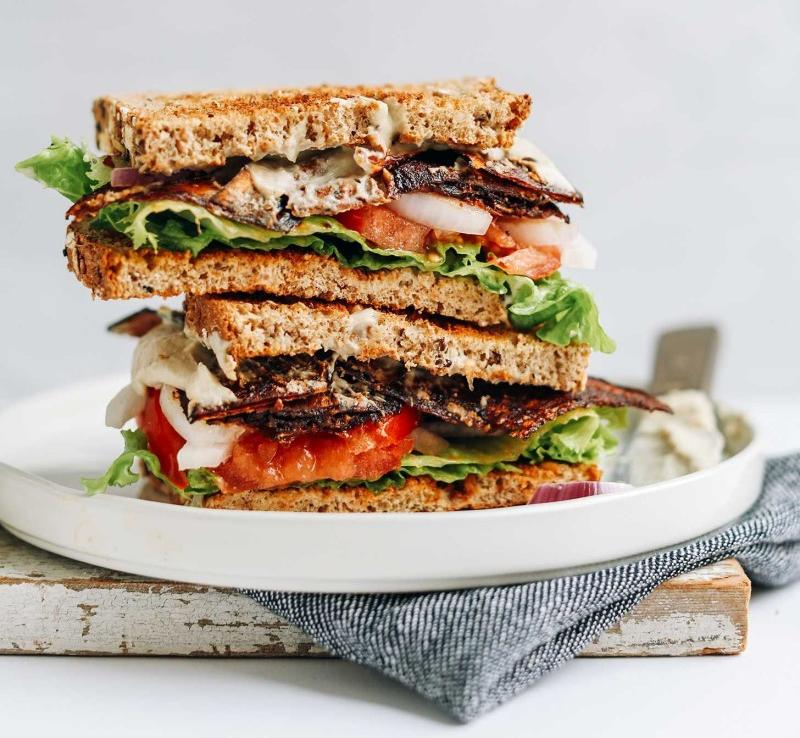
In a world that’s always on the go, the rise of the machine sandwich has sparked a fascinating conversation about food, technology, and the future of dining. This article delves into the evolution of the sandwich-making process, exploring the impact of machines on our culinary landscape and the diverse reactions from consumers.
The concept of the machine sandwich has surged into the culinary landscape, marking a significant shift in the way we think about food preparation. Once a rarity, these automated sandwich creators are now popping up in various eateries, from bustling city centers to busy office parks.
These mechanical marvels have gained popularity for their ability to churn out sandwiches at a rapid pace, a godsend for those in a hurry. The rise of the machine sandwich is a testament to the ever-growing demand for convenience in our fast-paced lives.
As technology advances, so does the sophistication of these sandwich-making machines. They are no longer just simple bread toppers; they now offer a variety of fillings, bread choices, and even the option to customize your sandwich to your liking.
The convenience of the machine sandwich is undeniable. Whether you’re looking for a quick lunch or a late-night snack, these machines are there to provide a fresh, hot sandwich with minimal wait time. It’s a culinary revolution that’s not just about speed; it’s about accessibility and efficiency.
In a world where time is precious, the machine sandwich has become a symbol of progress, blending the art of sandwich-making with the science of efficiency. It’s a revolution that’s not just changing how we eat, but also redefining what it means to enjoy a meal on the go.

A machine sandwich, at its core, is a culinary creation that comes from the hands of a mechanical device rather than a human chef. These sandwiches are assembled with precision and speed, often following a predetermined set of ingredients and preparation methods.
These automated sandwiches can come in a variety of forms. Some machines specialize in simple, classic fare like the classic ham and cheese, while others offer a more extensive menu, allowing for a wide range of fillings, from gourmet meats and cheeses to fresh vegetables and sauces.
The process of making a machine sandwich is fascinating. It usually involves selecting your preferred bread type, adding a variety of fillings, and then witnessing the machine seal and heat the sandwich to perfection. The entire process is transparent, allowing customers to see the sandwich being made right before their eyes.
Despite their mechanical origins, machine sandwiches can be surprisingly customizable. Many machines offer a selection of toppings and condiments, giving customers the ability to tailor their sandwich to their specific tastes and dietary needs.
In essence, a machine sandwich is a product of modern technology that has managed to capture the essence of a traditional sandwich. It’s a quick, convenient, and sometimes surprisingly personalized meal option that’s become a staple in the modern food service industry.

The technology within a sandwich-making machine is a blend of simplicity and sophistication. These devices are designed with a straightforward process in mind, starting with the bread delivery system.
The bread is fed into the machine, where it is sliced and then heated to ensure it’s ready to receive its fillings. This process is often automated, with sensors and conveyors ensuring each slice is perfectly placed.
The filling station is where the magic happens. It’s equipped with a variety of drawers and dispensers that hold different ingredients like meats, cheeses, vegetables, and sauces. The machine can be programmed to apply the exact amount of each topping.
Once the fillings are in place, the sandwich is sealed. Heat lamps or toasters fuse the bread together, creating a crispy exterior and a warm, melty interior. The technology here is all about consistency and efficiency.
Some machines even have advanced features, like integrated slicers for fresh ingredients or the ability to apply a variety of condiments with precision. These features make the technology not just a sandwich-making tool but a customizable food preparation system.
The technology behind the sandwich-making machine is a marvel of modern food service engineering. It’s designed to be reliable, easy to clean, and capable of producing a high volume of sandwiches with minimal effort.
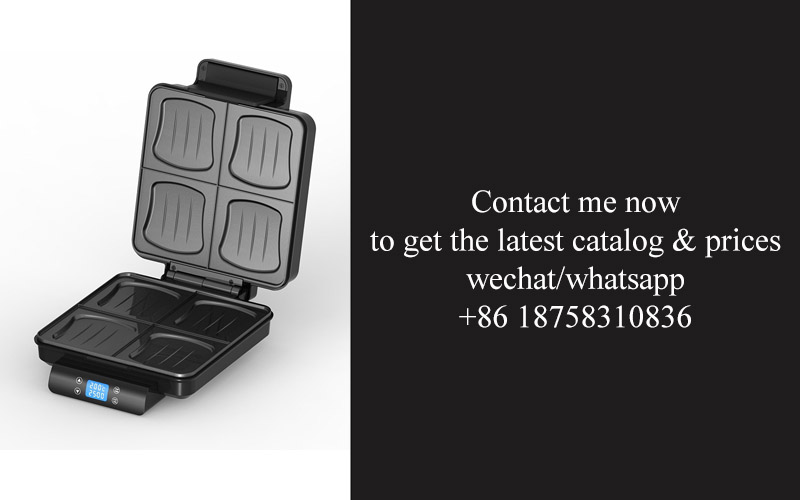
Machine-made sandwiches offer a host of benefits that cater to the needs of busy consumers and businesses alike. One of the most apparent advantages is the speed at which these sandwiches are prepared. In a matter of minutes, you can have a freshly toasted and filled sandwich ready to eat.
Another key benefit is the consistency of the product. Every sandwich comes out with the same level of quality and taste, thanks to the precise measurements and preparation methods used by the machine. This reliability is particularly appealing in fast-casual settings where customers expect a consistent experience.
The efficiency of machine-made sandwiches also translates to cost savings. For businesses, the reduced labor costs and increased output can lead to higher profits. For consumers, it means that they can enjoy a good meal without spending a fortune.
Customization is another plus. While the machine might follow a set process, it often allows for a range of toppings and fillings, giving customers the ability to create their perfect sandwich. This flexibility can attract a wider customer base.
Lastly, the convenience factor cannot be overstated. Whether you’re commuting, working late, or simply in a rush, a machine-made sandwich is a quick and easy solution to satisfy your hunger without the wait. It’s the perfect blend of speed, quality, and personalization.
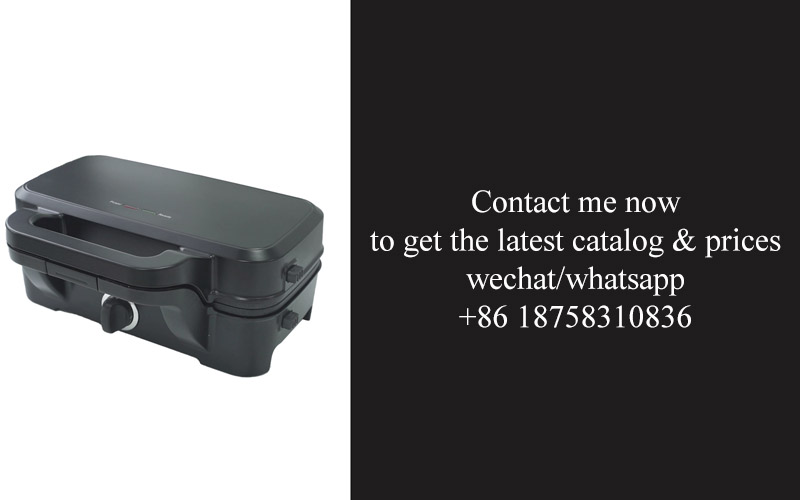
Machine sandwiches have transcended their origins in fast-food joints, now finding their place on the menus of fine dining establishments. Once a simple, grab-and-go option, these sandwiches have evolved to cater to a more discerning palate.
Gourmet sandwiches, crafted by machine, are now a staple in upscale eateries. They feature high-quality ingredients and unique flavor combinations that appeal to those who seek a taste of luxury in their meal.
The versatility of machine sandwiches is also evident in their ability to adapt to dietary trends. From vegan and gluten-free options to those with specific cultural influences, these machines can cater to a wide range of preferences and restrictions.
Even in traditional settings, machine sandwiches have found a niche. Cafes and delis are using these devices to offer a quick yet appealing alternative to their sit-down meals, bridging the gap between fast service and quality cuisine.
Restaurants have also embraced the concept of interactive dining, where customers can watch their sandwiches being made. This not only adds an entertainment factor but also ensures that the final product meets their expectations.
The versatility of machine sandwiches means they can be tailored to any occasion, from a casual lunch to a special event. Whether it’s a sandwich bar at a festival or a high-end dining experience, the machine’s adaptability makes it a versatile tool in the culinary world.

The introduction of machine-made sandwiches has sparked a ripple effect across the sandwich industry. Traditional sandwich shops have had to adapt, offering faster service to keep up with the competition.
Fast-food chains have seen a shift in consumer preferences, with more customers opting for the convenience and speed of machine sandwiches over their traditional offerings.
Manufacturers of sandwich-making machines have seen a surge in demand, leading to innovation and the development of more sophisticated models.
Restaurants have started to integrate these machines into their operations, not just for speed but also to enhance the overall dining experience by offering a quick bite alongside their full-service meals.
The impact has also been felt in the training of staff, with a growing need for workers who can manage and maintain these sophisticated machines.
The industry’s focus on sustainability has intensified, as machine-made sandwiches can reduce food waste and energy consumption compared to traditional sandwich preparation methods.
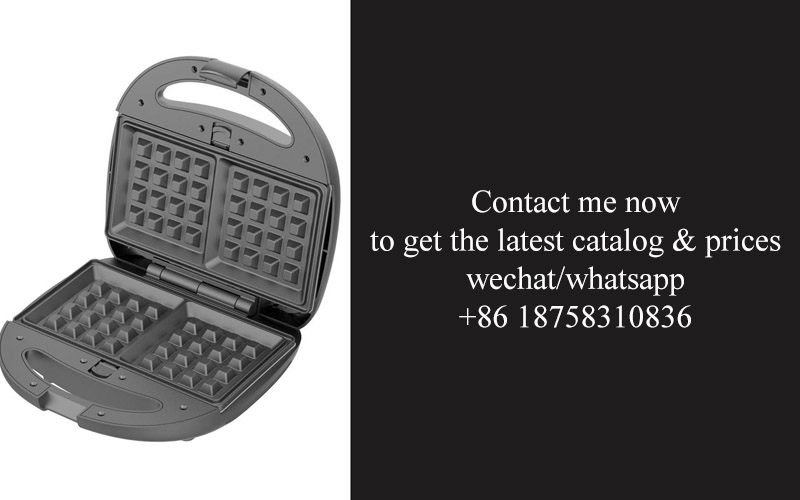
The environmental impact of machine-made sandwiches is a topic of growing interest. These machines often reduce food waste, as they can precisely portion ingredients, minimizing excess.
Energy efficiency is another key factor. While the initial energy used to power these machines is a consideration, they can save on overall energy use due to their streamlined process.
The use of disposable packaging in machine-made sandwiches is a concern, but some machines are designed to use less packaging or to encourage the use of eco-friendly materials.
The longevity of these machines can also contribute to sustainability. Durable and easy-to-maintain, they can last for years, reducing the need for frequent replacements.
The waste management aspect is vital. Some machines are designed to be compatible with recycling systems, and businesses are encouraged to implement proper waste disposal practices.
Lastly, the trend towards local sourcing for ingredients in machine-made sandwiches supports a more sustainable food system by reducing the carbon footprint of transportation.
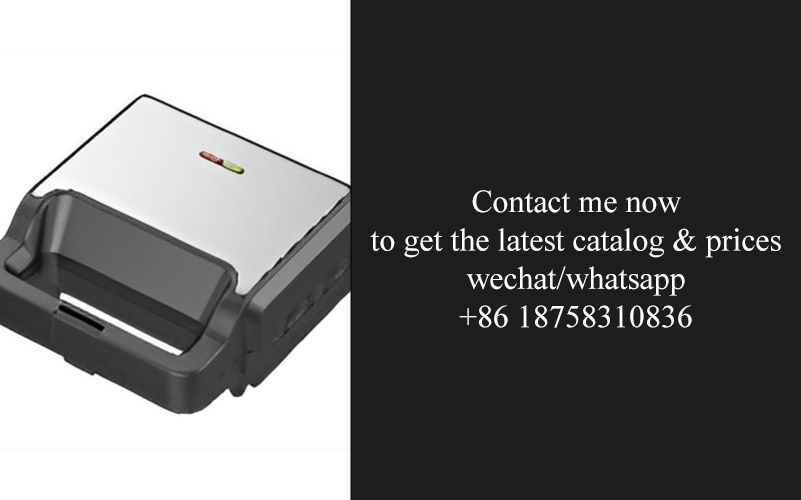
I’ve always been a fan of the quick convenience that a machine-made sandwich offers. There’s something satisfying about watching my sandwich come together with precision and speed.
Others, however, have a love-hate relationship with these sandwiches. They appreciate the speed but can’t quite get past the perceived lack of culinary flair.
There’s a segment of consumers who are all about the convenience, loving the idea of grabbing a freshly made sandwich on their way to work or an event.
Conversely, there are those who loathe the idea of a machine taking over the art of sandwich-making, preferring the human touch in their food preparation.
For some, the taste and texture of a machine-made sandwich simply don’t compare to those crafted by a skilled chef, leading to a preference for traditional methods.
Yet, there are also customers who have been won over by the customization options available, finding a balance between convenience and personalization that suits their preferences.
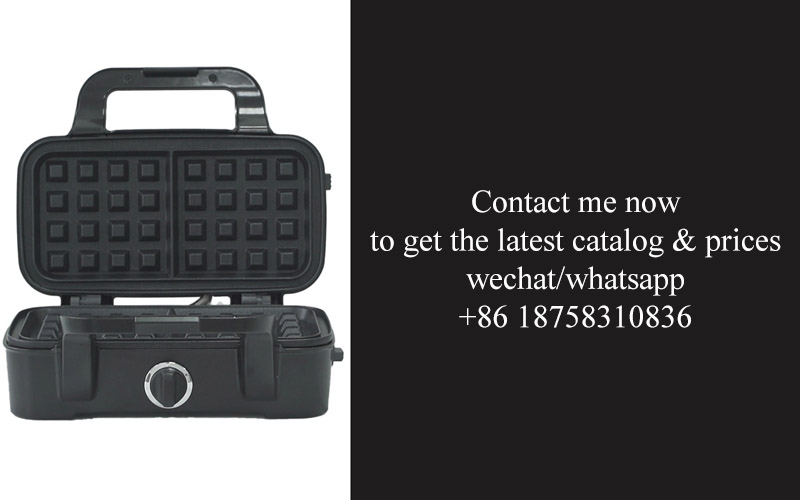
As technology advances, the question of whether machines will take over the sandwich-making process is an intriguing one. The potential is there for automation to play a larger role in food service.
The industry is already seeing a rise in AI and robotics, which could lead to more sophisticated sandwich-making machines capable of even greater customization.
However, the essence of a sandwich is deeply rooted in tradition and human craft, making it challenging for machines to fully replicate the artisanal qualities that many consumers value.
While machines can improve efficiency and reduce costs, the emotional connection people have with food prepared by humans might keep the art of sandwich-making human-centric.
Ultimately, it’s likely that machines will complement human sandwich makers rather than replace them, offering a hybrid approach that combines speed and technology with the personal touch.
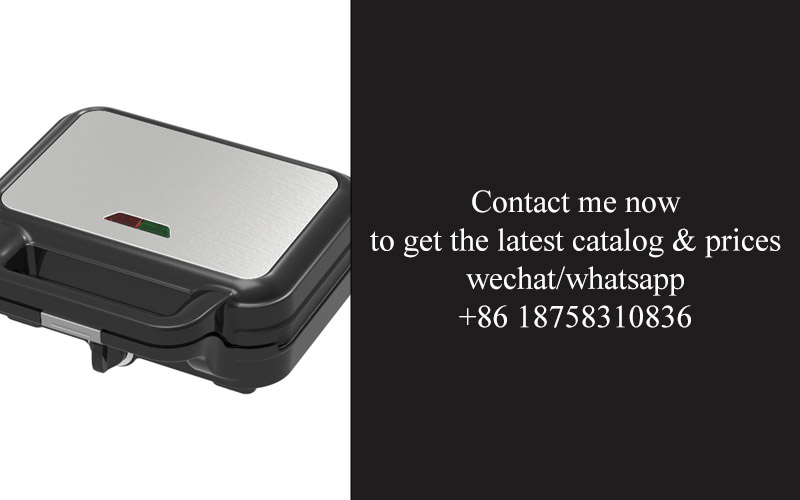
There’s something to be said about the innovation that has brought us the machine sandwich era. It’s a testament to human ingenuity and the quest for efficiency.
These sandwiches, while not perfect, have certainly changed the way we think about quick meals. They’re a symbol of progress, even if they’re not everyone’s cup of tea.
It’s worth raising a toast to the machine sandwich era for what it’s brought to our tables: convenience, variety, and the realization that even the simplest foods can benefit from modern technology.
In the end, it’s not just about whether machines will take over; it’s about how they can coexist with human skill to create something new and exciting.
So, let’s raise our glasses to the future, where the blend of machine precision and human creativity continues to craft the food experiences we all enjoy. Cheers to the machine sandwich era!